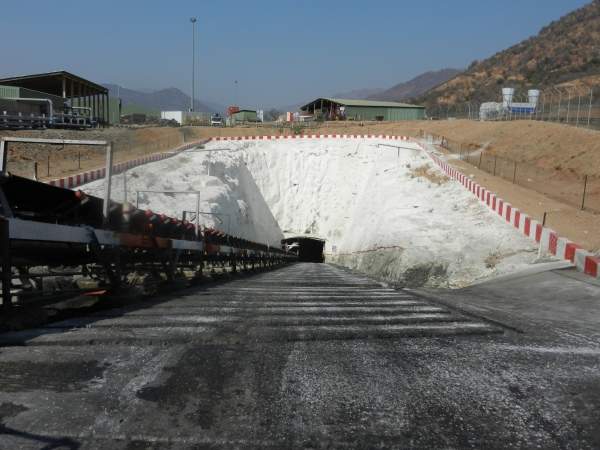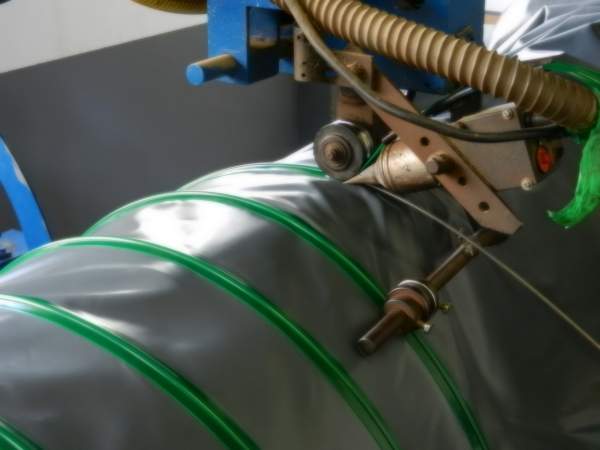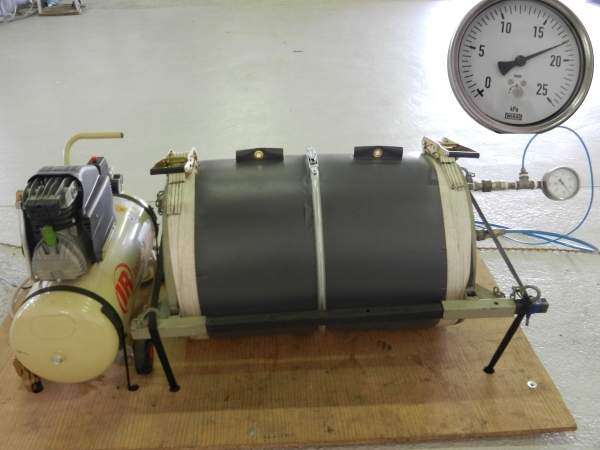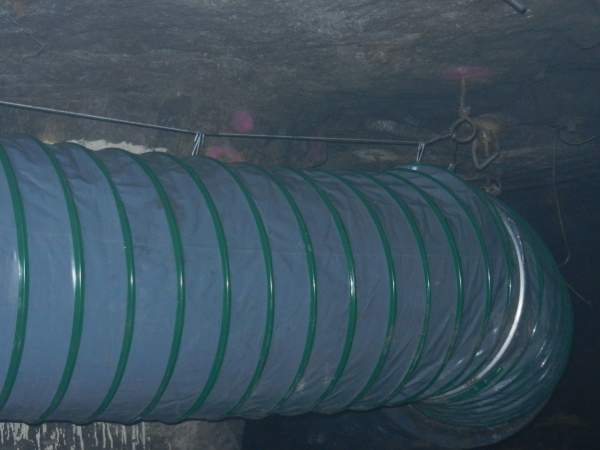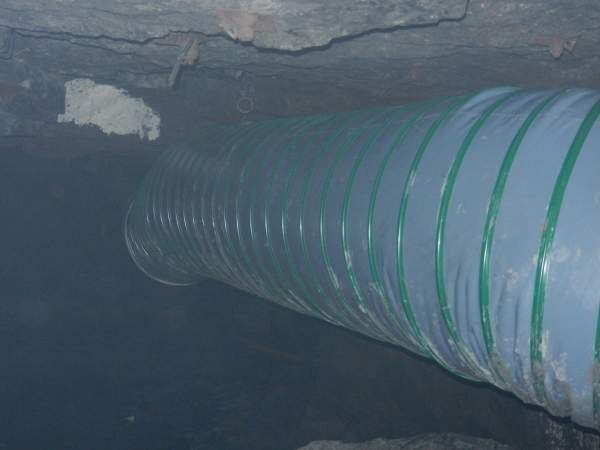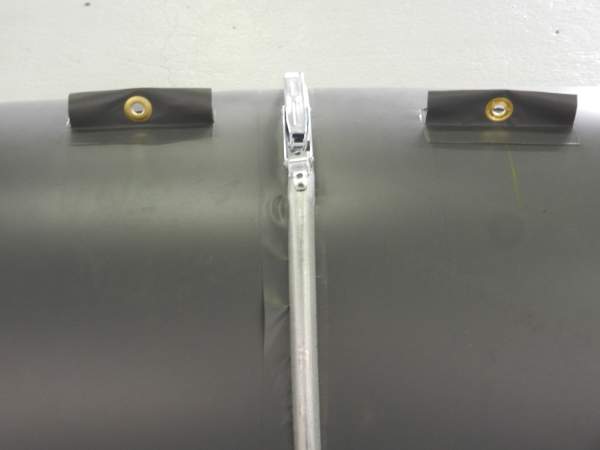TCT Ducting is a manufacturer of flexible ventilation ducting for use in the mining industry. A number of duct types are manufactured, including force ducts, spiral or reinforced ducts, fan adaptors, T pieces, Y pieces, etc. All ducts are manufactured using high-quality coated PVC fabric.
The benefit of flexible ducting, compared to traditional steel ducting, is that it is much lighter. This results in lower transport costs, easier storage and installation and, of course, flexible ducts are significantly cheaper.
Force ducting for straight shafts
Force ducting is manufactured for use in shafts that are straight and level. These ducts may be manufactured to any length but are generally made in lengths of 5m to 20m. The diameter of ducts varies from 406mm to 1,400mm.
TCT Ducting focuses its efforts on manufacturing ducts that allow minimum air loss, which translates into energy savings. This is achieved by high-frequency welding to avoid stitching of duct ends, and the resultant holes in material. In addition, the force ducting is suspended from clips attached to the ducts by HF welding. Each clip can withstand approximately 900N and each force duct has a suspension clip every metre.
Spiral ducting or reinforced flexible ducting for irregular shafts
Spiral ducting is manufactured for use in shafts that are not straight or level, meaning the duct must take a bend. Spiral ducts are also used on fan adaptors and are recommended on the first 10m from the fan. Lengths of spiral ducting will generally be 5m, while diameters will be similar to force ducts. The pitch (gap between the wire reinforcing strands) will generally be 150mm, but may vary from 50mm up to 200mm depending on conditions. Spiral ducts are suspended with clips set 600mm apart to carry the additional weight of the steel reinforcing.
Duct joining systems
TCT Ducting is capable of manufacturing virtually any type of joining system including clamp, ratchet and strap, ring and toggle, ring/ring, and zip. TCT Ducting’s clamp system is the preferred system. The clamp system has been developed in-house, is simple, easy to install, cost-effective and has the least air loss. Damaged ducts are able to be resized and reused. The ducts in the clamp system are 100% welded with no air loss from needle holes.
All other joining systems require a degree of sewing with resultant air losses through sewing holes. TCT Ducting compensates for sewing holes by welding an inner sleeve inside each duct. This prevents the air losses but adds to drag factor of air movement.
Fire and static-resistant materials
TCT sources its coated PVC fabric from the best PVC fabric coater in South Africa. Material supplied is either fire-resistant (FR) or fire-resistant anti-static (FRAS). Materials and ducts are made to conform to the South African Ducting Standard SANS 1287, SANS 60079-0 (anti-static) and NCB 245.
Material is regularly tested and certified by independent testing bodies for fire resistance, toxicity and anti-static properties. Every new batch of material produced is tested by in-house laboratories. Tests include the above, plus breaking strength, tear strength, weld strength and coating adhesion.


